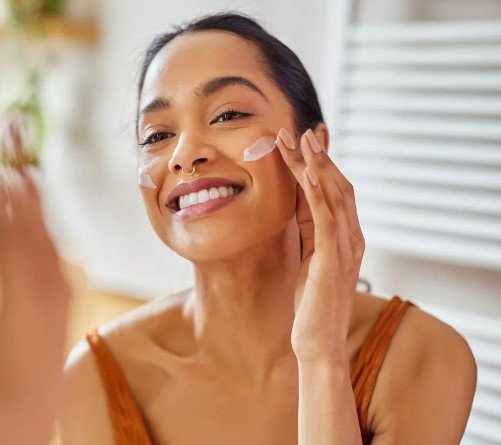Steps to Ensure Skincare Products are Safe and Free from Harmful Substances
Summary
- Ensuring a skincare product is safe involves checking the ingredient list for harmful substances.
- Researching the brand's reputation and reading reviews can provide insight into the product's safety.
- Choosing products that are certified organic or natural can reduce the risk of exposure to contaminants.
Skincare routines have become an essential part of many people's daily lives. From cleansers to moisturizers, there are countless products available to help us achieve healthy, glowing skin. However, with the growing concern over harmful substances in Skincare Products, it's important to take steps to ensure that the products we use are safe and free from contaminants, such as heavy metals. In this article, we will explore what steps can be taken to ensure that a skincare product is safe and free from harmful substances.
Checking the Ingredient List
One of the first steps you can take to ensure that a skincare product is safe is to check the ingredient list. Look for any harmful substances or chemicals that may be present in the product. Some common ingredients to avoid include:
- Parabens
- Phthalates
- Sodium lauryl sulfate
- Formaldehyde
By familiarizing yourself with these harmful substances, you can make more informed decisions about the products you use on your skin. Many skincare brands are now creating products that are free from these harmful ingredients, making it easier for consumers to find safer alternatives.
Researching the Brand
Another important step in ensuring the safety of a skincare product is to research the brand. Look for information about the company's values, mission, and manufacturing practices. A reputable brand will be transparent about where their ingredients come from and how their products are made. Reading reviews from other customers can also provide insight into the safety and effectiveness of a skincare product.
When researching a brand, look for certifications or seals of approval that indicate the product has been tested for safety and quality. Certifications such as USDA Organic or Non-GMO Project Verified can give you peace of mind that the product you are using is free from harmful substances and contaminants.
Choosing Organic or Natural Products
One way to reduce the risk of exposure to harmful substances in Skincare Products is to choose products that are certified organic or natural. Organic products are made with ingredients that have been grown without the use of synthetic chemicals or pesticides. Natural products are made with plant-based ingredients that are free from artificial colors, fragrances, and preservatives.
When selecting Skincare Products, look for labels that indicate the product is organic or natural. These products are less likely to contain harmful substances such as heavy metals, as they are made with ingredients that are grown and harvested in a sustainable and environmentally-friendly manner.
Conclusion
Ensuring that a skincare product is safe and free from harmful substances such as heavy metals and contaminants is essential for maintaining healthy skin. By checking the ingredient list, researching the brand, and choosing organic or natural products, you can reduce the risk of exposure to harmful substances and make more informed decisions about the products you use on your skin. Taking these steps can help you achieve glowing, healthy skin while prioritizing your overall well-being.

Disclaimer: The content provided on this blog is for informational purposes only, reflecting the personal opinions and insights of the author(s) on the topics. The information provided should not be used for diagnosing or treating a health problem or disease, and those seeking personal medical advice should consult with a licensed physician. Always seek the advice of your doctor or other qualified health provider regarding a medical condition. Never disregard professional medical advice or delay in seeking it because of something you have read on this website. If you think you may have a medical emergency, call 911 or go to the nearest emergency room immediately. No physician-patient relationship is created by this web site or its use. No contributors to this web site make any representations, express or implied, with respect to the information provided herein or to its use. While we strive to share accurate and up-to-date information, we cannot guarantee the completeness, reliability, or accuracy of the content. The blog may also include links to external websites and resources for the convenience of our readers. Please note that linking to other sites does not imply endorsement of their content, practices, or services by us. Readers should use their discretion and judgment while exploring any external links and resources mentioned on this blog. Content in this blog is copyright protected, please do not repost or embed content without prior written permission.